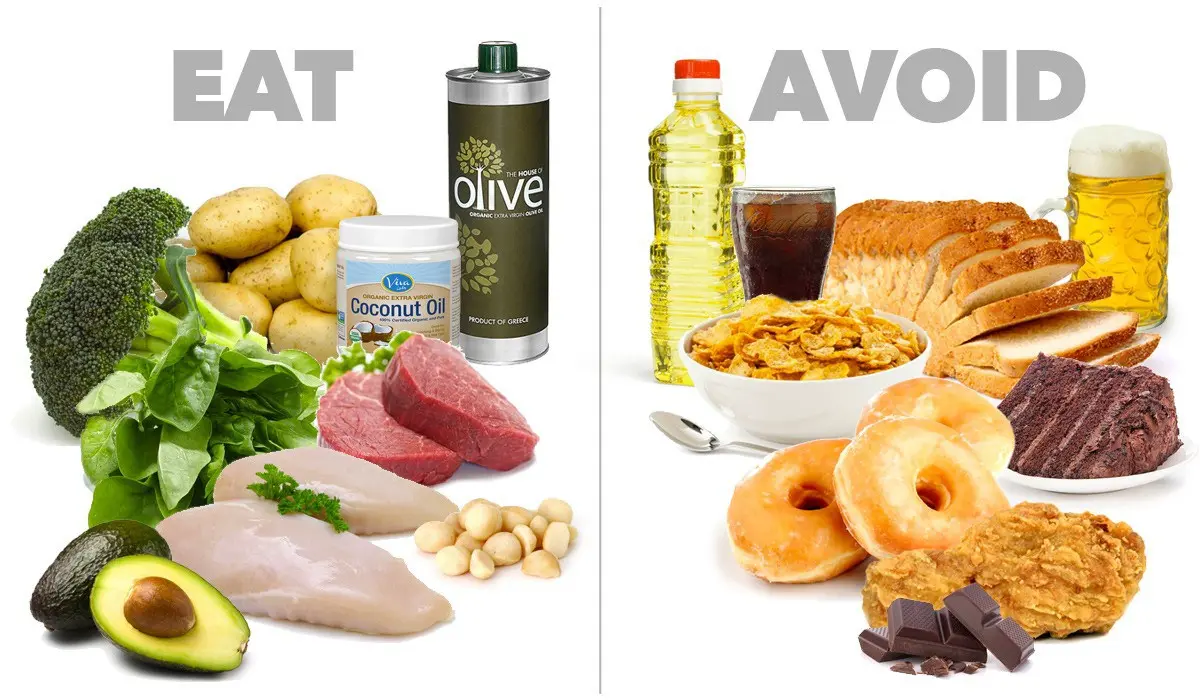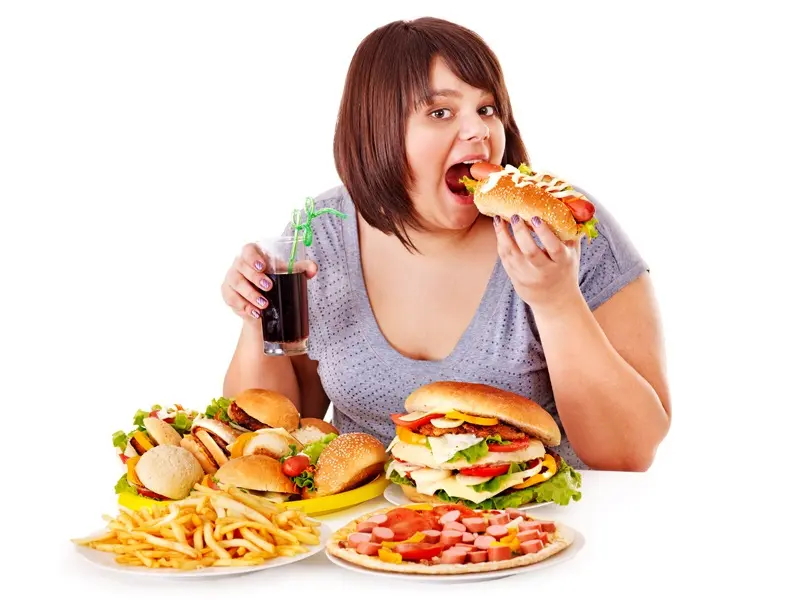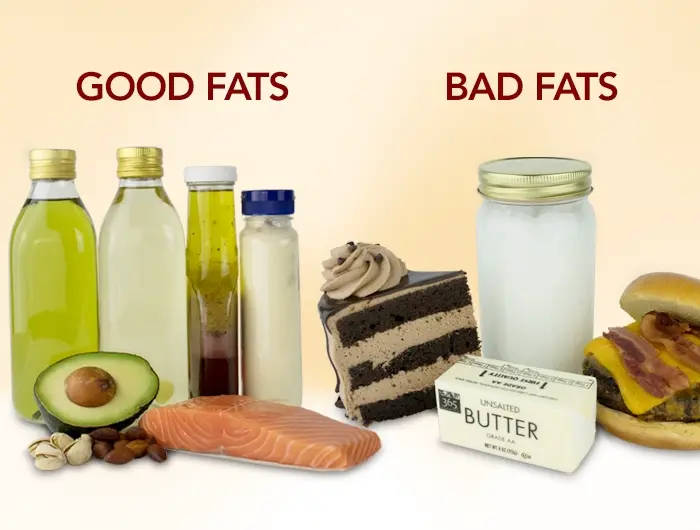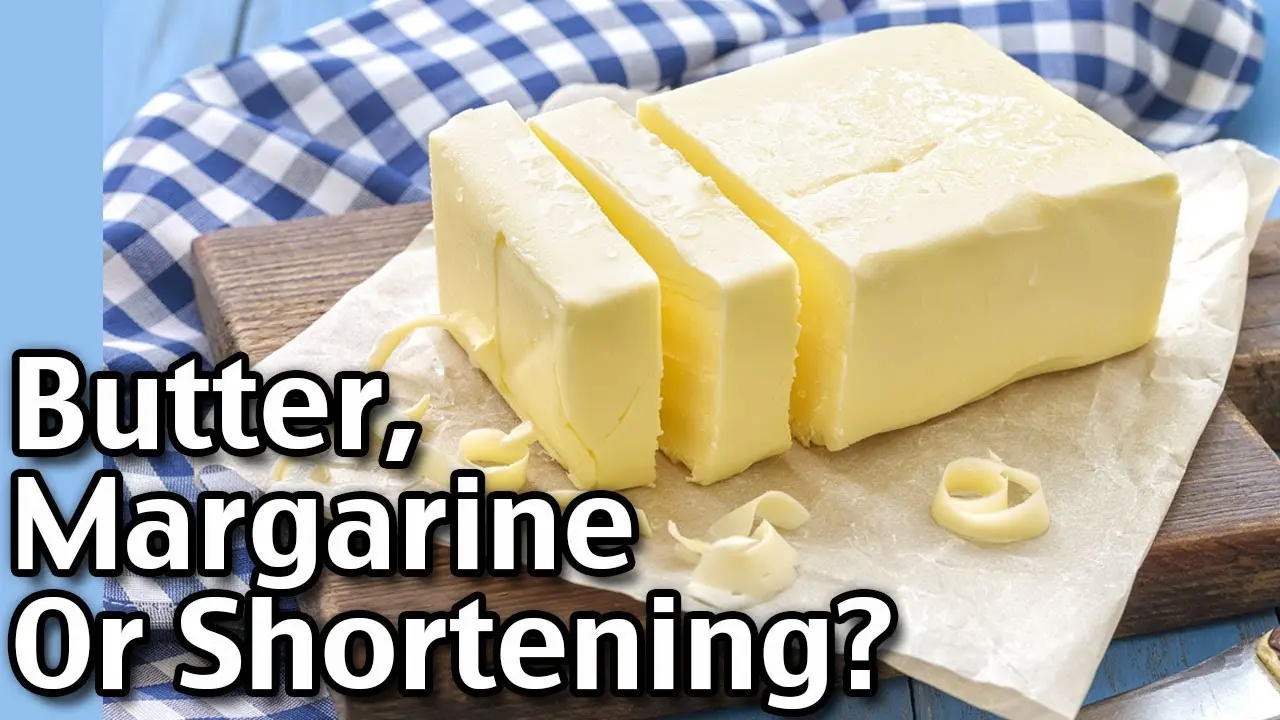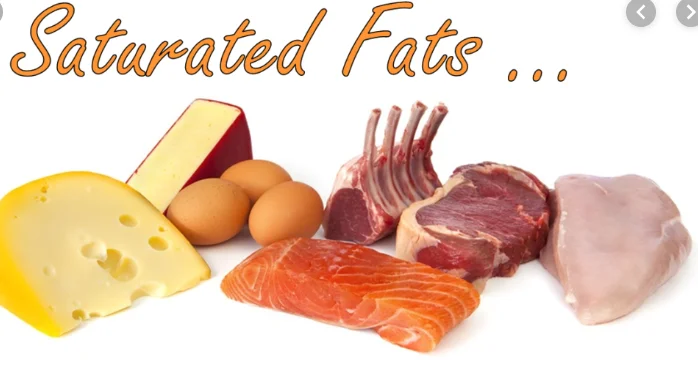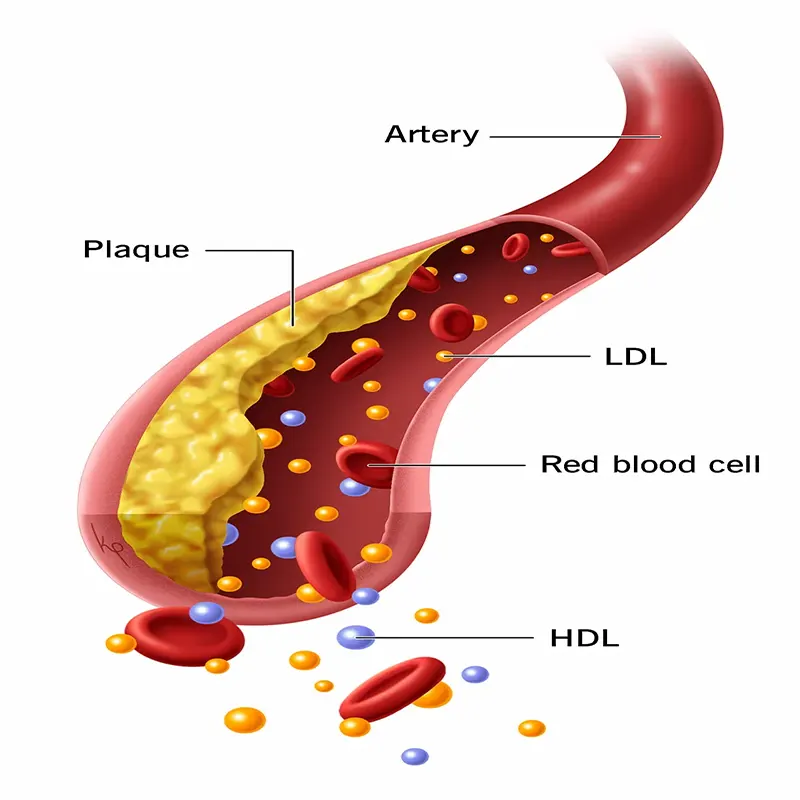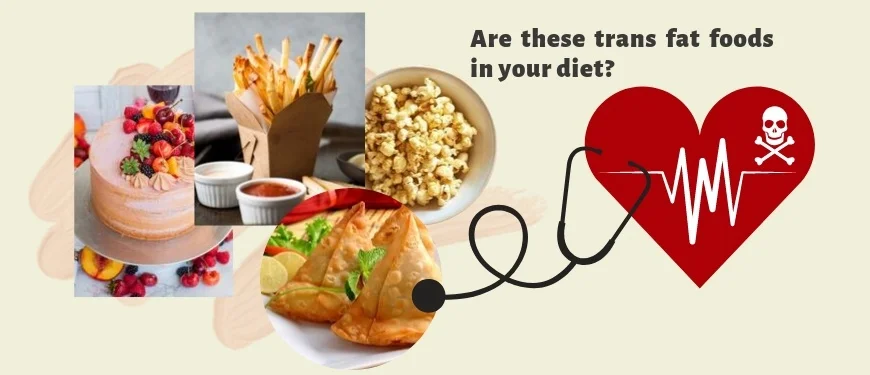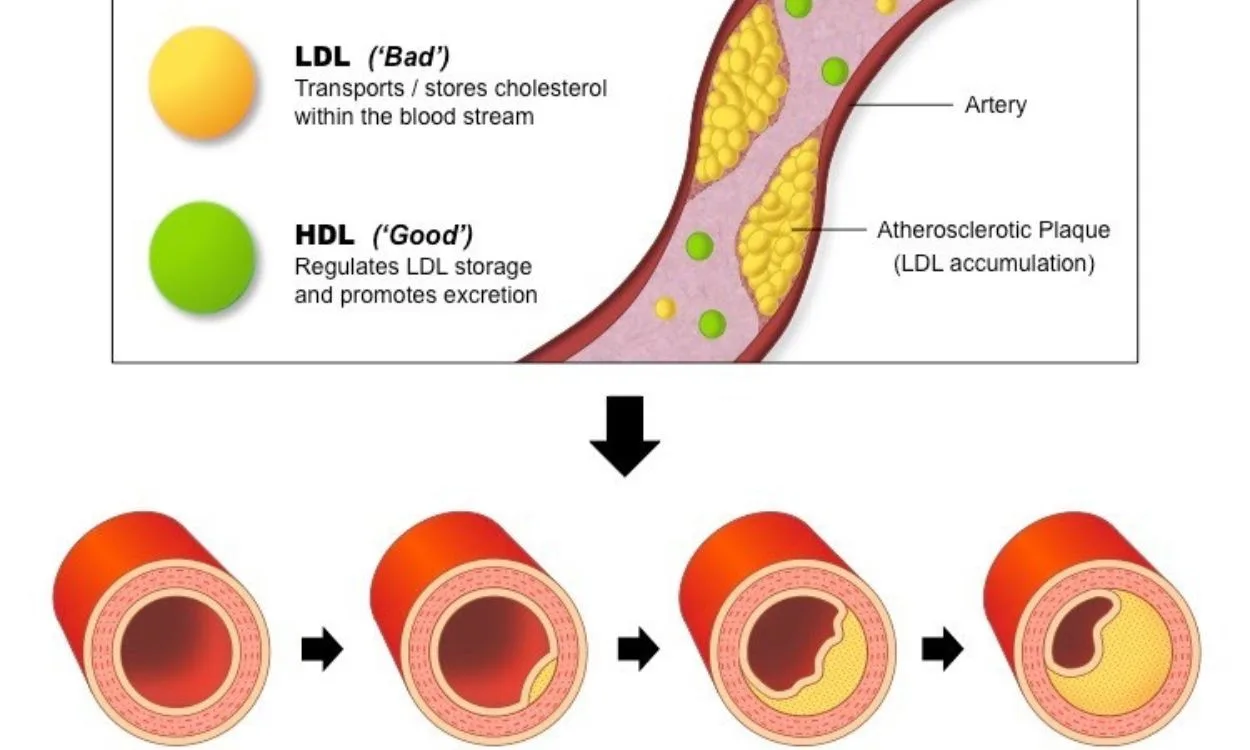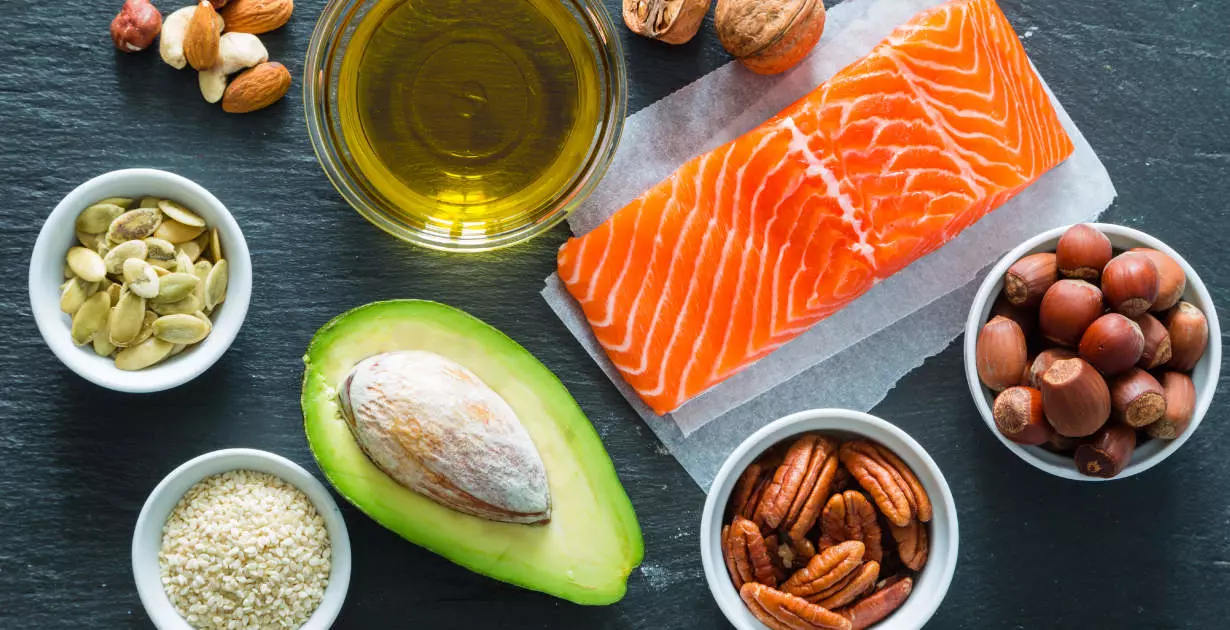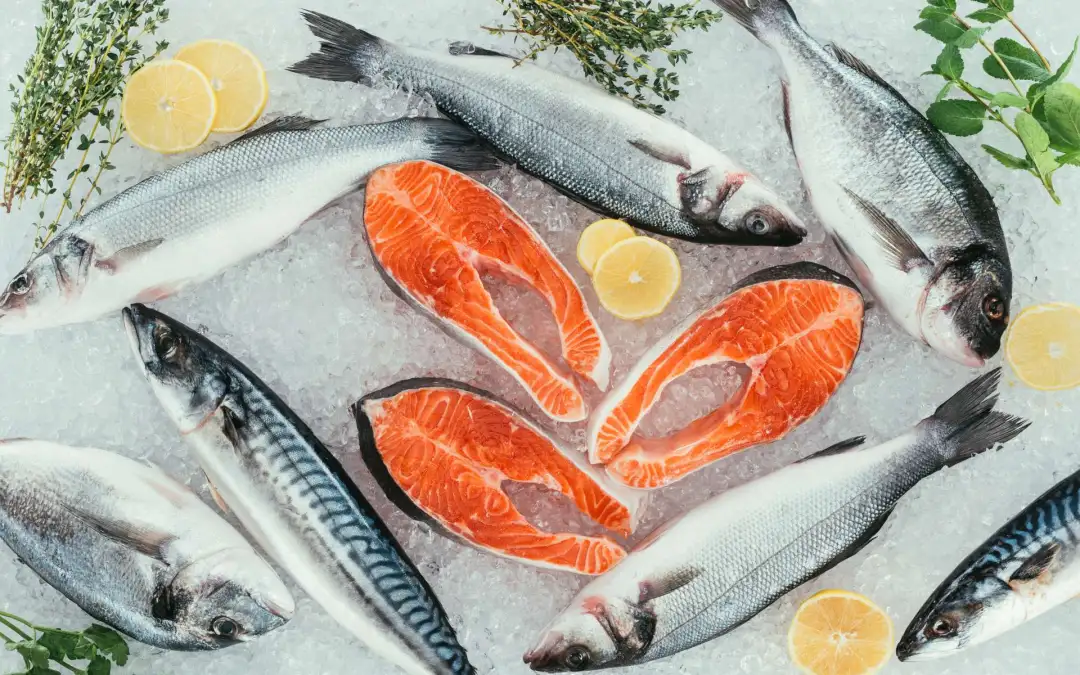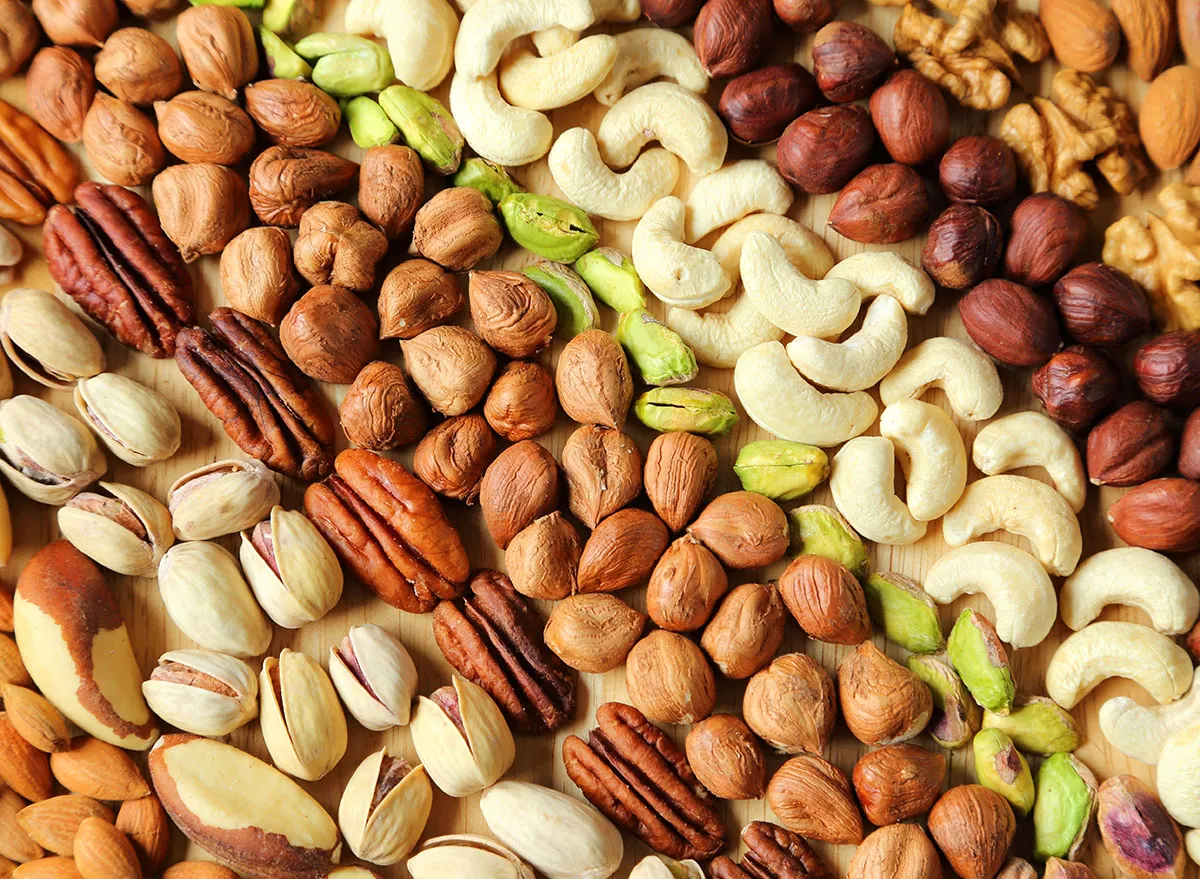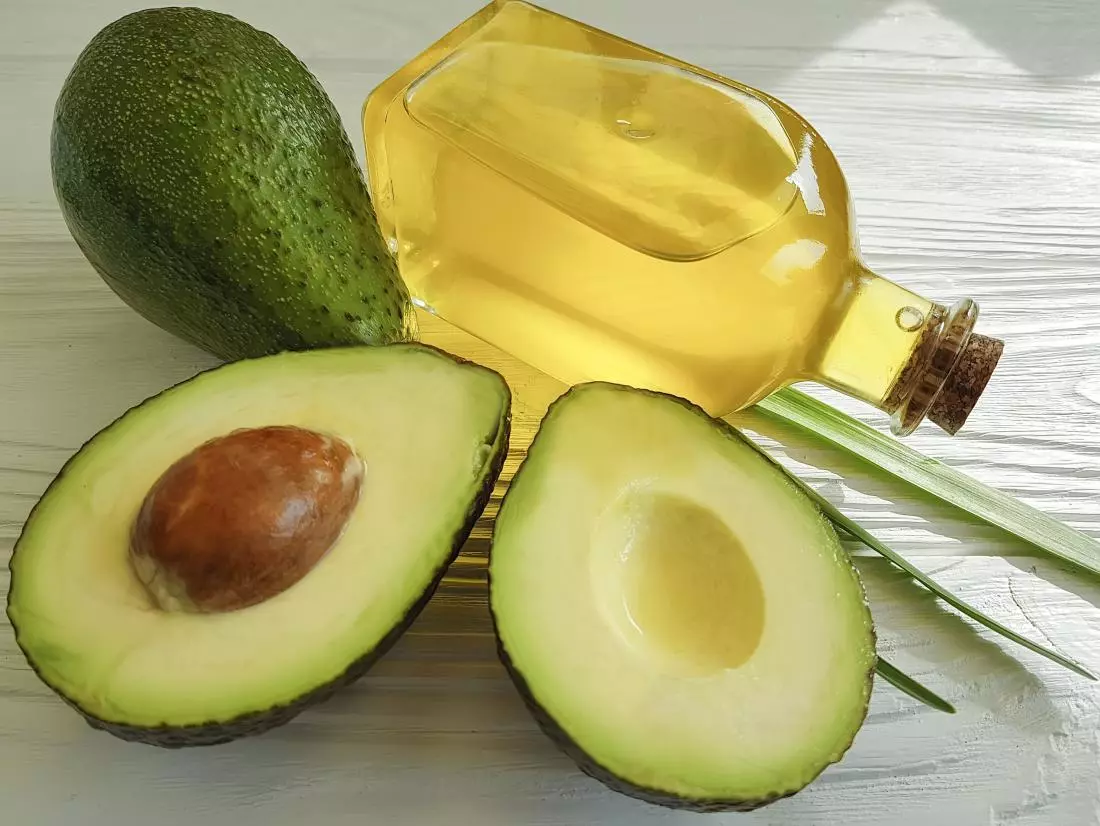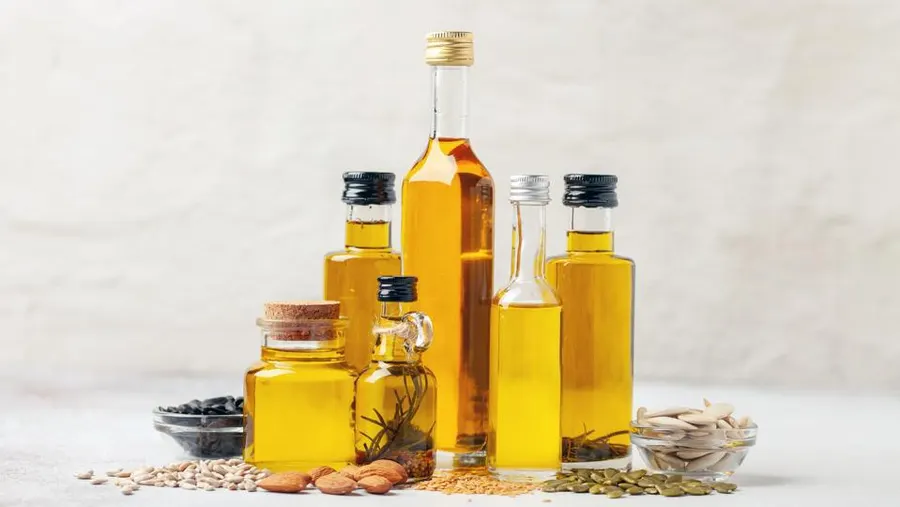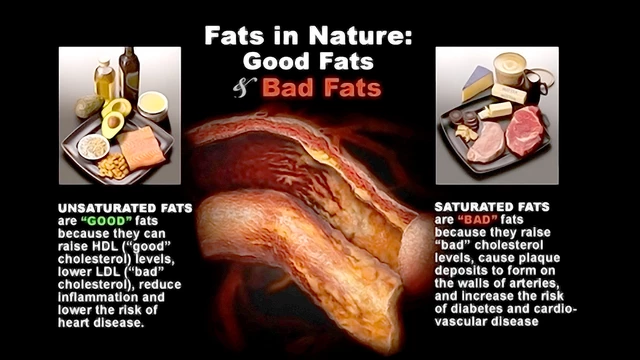Some types of fat, including saturated fat and trans fat, may have negative health effects, especially when consumed in excess. But monounsaturated fat and polyunsaturated fat may have benefits.
Fat facts
When it comes to diet, fats get a bad rap. Some of this is justified because certain types of fat and the fat-like substance cholesterol may play a role in:
- Cardiovascular disease.
- Diabetes.
- Cancer.
- Obesity.
But not all fats are created equal. Some fats are better for you than others and may even help to promote good health.
Knowing the difference can help you determine which fats to avoid and which to eat in moderation.
Research is continuing to evolve on dietary fat, but some facts are clear.
Dietary fat, also known as fatty acids, can be found in foods from both plants and animals.
Certain fats have been linked to negative effects on heart health, but others have been found to offer significant health benefits.
Fat is as essential to your diet as protein and carbohydrates are in fueling your body with energy.
Certain bodily functions also rely on the presence of fat. For example, some vitamins require fat in order to dissolve into your bloodstream and provide nutrients.
However, the excess calories from eating too much fat of any type can lead to weight gain.
Foods and oils contain a mixture of fatty acids, but the predominant type of fat they contain is what makes them more healthy or less healthy.
What are the less healthy fats?
Two types of fats saturated fat and trans fat have been identified as potentially harmful to your health.
Most of the foods that contain these types of fats are solid at room temperature, such as:
- Butter.
- Margarine.
- Shortening.
- Beef or pork fat.
Trans fat should be avoided while saturated fats should be eaten very sparingly.
Saturated fat: Use sparingly
Most saturated fats are animal fats. They’re found in high fat meats and dairy products.
Saturated fat sources include:
- Fatty cuts of beef, pork, and lamb.
- Dark chicken meat and poultry skin.
- High fat dairy foods (whole milk, butter, cheese, sour cream, ice cream).
- Tropical oils (coconut oil, palm oil, cocoa butter).
- Lard.
Eating too much saturated fat can increase blood cholesterol levels and LDL (bad) cholesterol levels.
Traditionally, doctors have linked higher saturated fat intake with increased heart disease risks. This idea has been called into question more recently.
According to Harvard University, researchers now think saturated fat may not be as bad as once thought but it still isn’t the best choice for fats.
A 2015 review of 15 randomized controlled trials looked at saturated fats and heart disease.
The researchers concluded that replacing saturated fat in your diet with polyunsaturated fats can reduce your heart disease risk.
While the risk reduction is low, these differences could make a difference to your health.
A 2017 journal article published in the British Journal of Sports Medicine reported that the risks of LDL (bad) cholesterol had previously been overstated, particularly when it comes to a negative effect on heart health.
The article recommends comparing your total cholesterol level to your HDL (good) cholesterol level instead. Doctors associate a higher ratio with increased insulin resistance and heart problems.
Trans fat: Avoid when possible
Short for “trans fatty acids,” trans fat appears in foods that contain partially hydrogenated vegetable oils. These are the worst fats for you.
You might find trans fat in:
- Fried foods (French fries, doughnuts, deep-fried fast foods).
- Margarine (stick and tub).
- Vegetable shortening.
- Baked goods (cookies, cakes, pastries).
- Processed snack foods (crackers, microwave popcorn).
Like saturated fat, trans fat can raise LDL (bad) cholesterol, also known as “bad” cholesterol. Trans fat can also suppress HDL (good) cholesterol levels, or “good” cholesterol.
Doctors have also linked trans fats to an increased risk of inflammation in the body. This inflammation can cause harmful health effects that may include heart disease, diabetes, and stroke.
Some margarines will contain trans fats if they’re made with hydrogenated ingredients, so make sure to always choose non-hydrogenated versions.
Labeling laws allow food companies to round down to zero and claim “no trans fats” or “zero grams of trans fats” if the amount per serving is less than 0.5 g, despite still containing hydrogenated oils.
It’s important to ignore the front-of-package marketing and always read the ingredient list.
Foods with good fats
Doctors consider monounsaturated fat and polyunsaturated fat more “heart-healthy” fats. These are fats that are better choices for your diet.
Foods that primarily contain these healthier fats tend to be liquid when they’re at room temperature. An example is vegetable oil.
Monounsaturated fat
This type of helpful fat is present in a variety of foods and oils.
ResearchTrusted Source has consistently shown that eating foods that contain monounsaturated fat can improve your blood cholesterol level and decrease your risk for cardiovascular disease.
These foods include:
- Nuts (almonds, cashews, peanuts, pecans).
- Vegetable oils (olive oil, peanut oil).
- Peanut butter and almond butter.
- Avocado.
Polyunsaturated fat
Polyunsaturated fats are known as “essential fats” because the body cannot make them and needs to get them from foods. Plant-based foods and oils are the primary source of this fat.
Like monounsaturated fat, polyunsaturated fat can decrease your risk for heart disease by lowering blood cholesterol levels, according to the American Heart AssociationTrusted Source.
A certain type of this fat, called omega-3 fatty acids, has been shown to be particularly beneficial for your heart.
Omega-3s appear to not only decrease the risk of coronary artery disease, but they also help lower blood pressure levels and guard against irregular heart rates.
The following types of foods contain omega-3 fatty acids:
- Salmon.
- Herring.
- Sardines.
- Trout.
- Walnuts.
- Flaxseed.
- Chia seeds.
- Canola oil.
In addition to omega-3 fatty acids, you can find polyunsaturated fat in the following foods, which contain omega-6 fatty acids:
- Tofu.
- Roasted soybeans and soy nut butter.
- Walnuts.
- Seeds (sunflower seeds, pumpkin seeds, sesame seeds).
- Vegetable oils (corn oil, safflower oil, sesame oil, sunflower oil).
- Soft margarine (liquid or tub).
How to get good fats
- Eat more fish
Eat at least 8 ounces (about 200 - 300 grams) of non-fried fish per week, which can be divided into two portions of 3.5 to 4 ounces.
The American Heart Association AHA recommends a diet that includes healthy sources of protein, primarily from plants; regularly eat fish and seafood.
Substitute fat-free and low-fat dairy products for full-fat products; and for those who eat meat or poultry, choose the leanest and unprocessed varieties.
The AHA also recommends eating 2 servings of fish (especially fatty fish) per week. One serving is about 1 ounce of cooked fish.
Choose fatty or oily fish such as: anchovies, herring, mackerel, black cod, salmon, sardines, bluefin tuna, white fish, striped bass and cobia that are high in essential omega-3 fatty acids .
- Eat more nuts
Eat a small handful (about 1 oz.) of unsalted nuts and seeds for good fats, energy, protein and fiber. Good choices include almonds, hazelnuts, peanuts, pistachios, pumpkin seeds, sunflower seeds and walnuts.
- Use more avocado
Eat or cook with avocado to add healthy fats, fiber and essential vitamins and minerals.
- Choose a good cooking oil
Use cooking oil with less saturated fat. Good choices include oils from avocado, canola, corn, grapeseed, olive, peanut, safflower, sesame, soybean and sunflower.
The bottom line
New research has revealed that fats are more on a continuum of good to bad than previously thought.
While trans fats are harmful to your health, saturated fats are not currently linked with increased heart disease risk.
However, they likely aren’t as healthy as monounsaturated and polyunsaturated fats can be.
Healthier fats are an important part of your diet, but it’s still crucial to moderate your consumption of them because all fats are high in calories.
As a result, it’s a good idea to incorporate foods that contain monounsaturated and polyunsaturated fats. It’s a strategy that will help your heart and improve your quality of life.
Maybe you are interested:

How Can Dehydration Affect Your Mental Health?

What kind of Diet is Most Sustainable?
